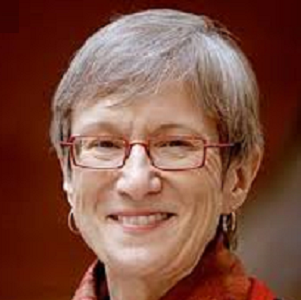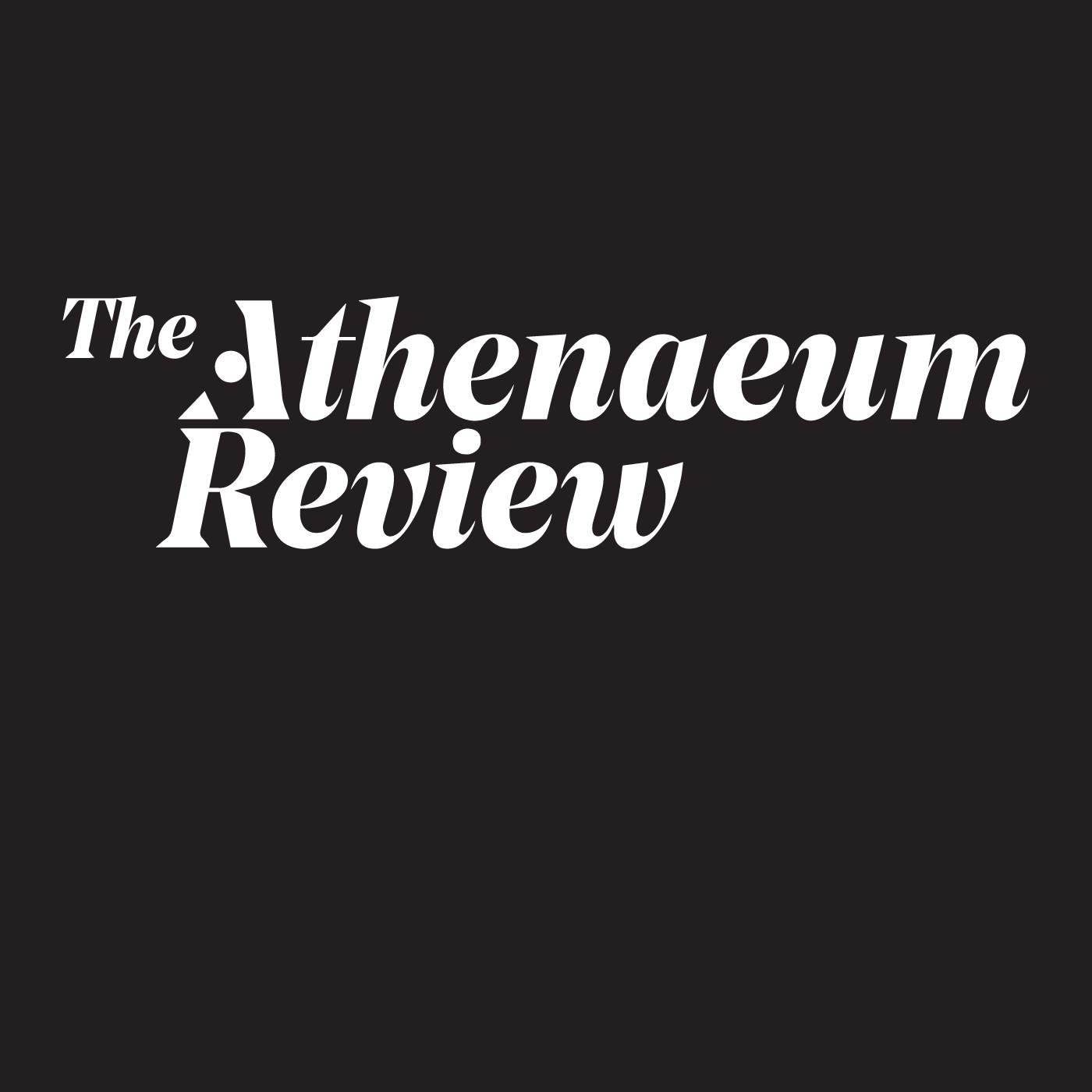
Expertise
Modern Art, Art, Art History, Technology
Bio
Linda Henderson earned her PhD at Yale University and has taught 20th-century European and American art in the Department of Art and Art History since 1978. Before coming to the University of Texas, she served from 1974 through 1977 as Curator of Modern Art at the Museum of Fine Arts, Houston. Professor Henderson’s research and teaching focus on the interdisciplinary study of modernism, including the relation of modern art to geometry, science and technology, and mystical and occult philosophies. In addition to periodical articles and catalog essays, she is the author of The Fourth Dimension and Non-Euclidean Geometry in Modern Art(Princeton University Press, 1983; new ed., MIT Press, 2013) and Duchamp in Context: Science and Technology in the Large Glass and Related Works(Princeton, 1998), which won first prize in the Robert W. Hamilton Author Awards competition in 1999.
In 2002 Professor Henderson published the interdisciplinary anthology From Energy to Information: Representation in Science and Technology, Art, and Literature, co-edited with literature scholar Bruce Clarke (Stanford University Press). That volume was based on a symposium of the same title organized at the University of Texas in 1997, which brought together panels of historians of science, literature, and art to discuss the cultural impact of a series of scientific and technological developments, ranging from thermodynamics and ether/electromagnetism to cybernetics and virtual reality. Her lecture and essay in the volume, “Vibratory Modernism: Boccioni, Kupka, and the Ether of Space,” introduced the theme of ether vibrations as central to modern art. She continued that discussion in relation to Cubism and Futurism in her two-part “Editors Introduction” to a 2004 guest-edited issue of Science in Contexton modern art and science, which also addressed historiographical and methodological issues in this field.
In 2013 MIT Press published a new edition of Professor Henderson’s 1983 Fourth Dimension and Non-Euclidean Geometry in Modern Art, which features a 100-page “Reintroduction” augmenting the original book’s scientific context as well as expanding its coverage to the period 1950-2000. The new text ranges from the ether physics still dominant in the pre-World War I and wartime periods (before the wide-scale popularization of Einstein and Relativity Theory) to the initial reemergence of the spatial fourth dimension in popular culture in the 1950s-1960s and its full-blown resurgence in the context of computer graphics and string theory in physics beginning in the 1980s. It was while researching the mid-century history of the fourth dimension that she discovered the importance of the multivalent concept for the artists of the Park Place Gallery (1963-67). Subsequently, she organized the 2008 exhibition Reimagining Space: The Park Place Gallery Group in 1960s New York for UT’s Jack S. Blanton Museum of Art (catalogue and information available through the Blanton Museum’s shop and website under “Past Exhibitions”).
Professor Henderson is currently at work on two book projects. One is a sequel to the new Fourth Dimension edition, which draws on her recent research to track the “fourth dimension” and its changing significations in art and culture decade-by-decade through the 20th century. The other project is titled “The Energies of Modernism: Art, Science, and Occultism in the Early 20th Century” and centers on what she has termed “vibratory modernism” (2002) or, more recently, “the vibratory cultures of modern art.” Recovering concepts such as the ether as well as the impact of discoveries like X-rays, radioactivity, and the electron, the book will restore the long-missing popular scientific (and occult) contexts in which early 20th-century artists transformed the representation of matter and space or transcended it completely in totally abstract styles.
A Guggenheim Fellow in 1988-89, Professor Henderson is a member of the Academy of Distinguished Teachers and in 2009 received a Regents Outstanding Teaching Award. During late spring-summer 2010 and 2011 she was a Senior Fellow at the IKKM [International Research Institute for Cultural Technologies and Media Philosophy] at the Bauhaus University in Weimar, where she was a member of the Board from 2010 to 2016. During spring 2014 she was a Berlin Prize fellow at the American Academy in Berlin, and during fall 2016 she was an Invited Researcher at the Institut National d’Histoire de l’Art in Paris.
 English
English العربية
العربية বাংলা
বাংলা Français
Français Deutsch
Deutsch Bahasa Indonesia
Bahasa Indonesia 日本語
日本語 한국어
한국어 Português
Português Español
Español